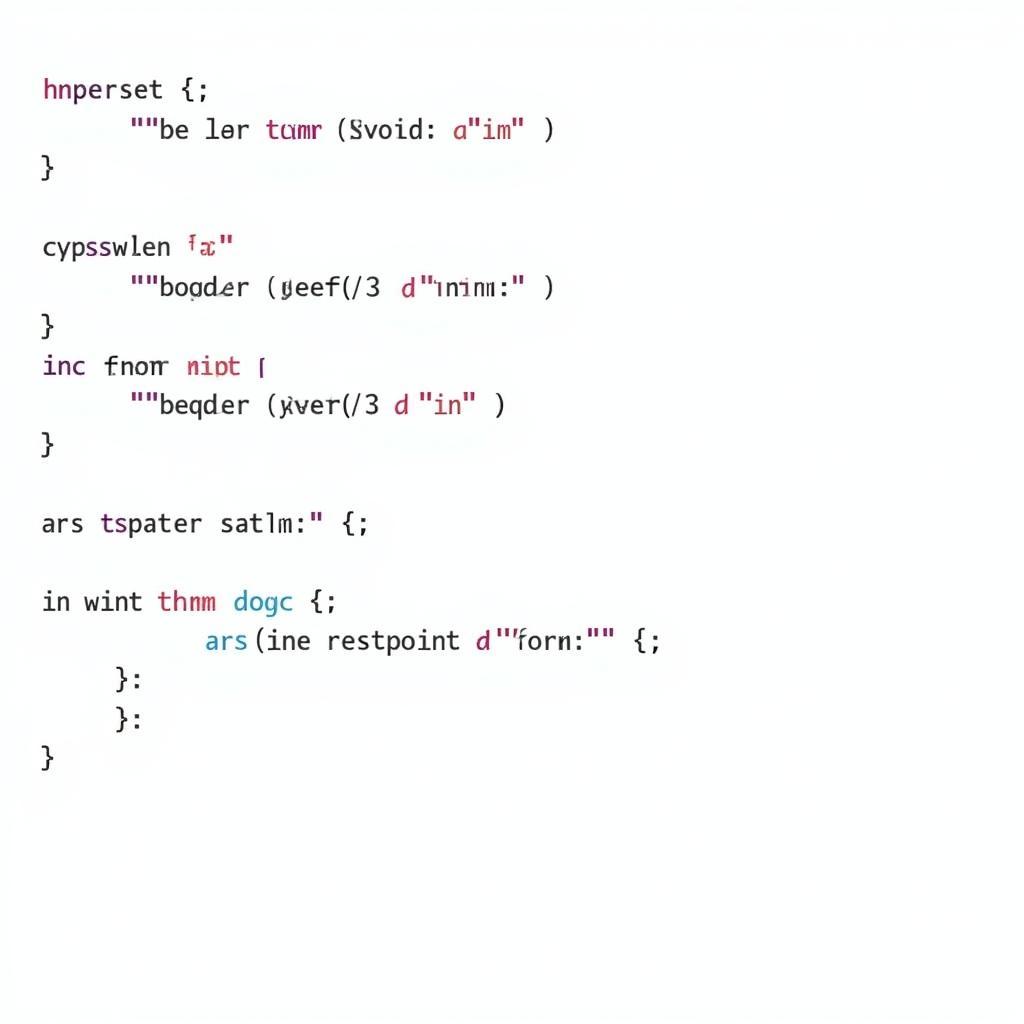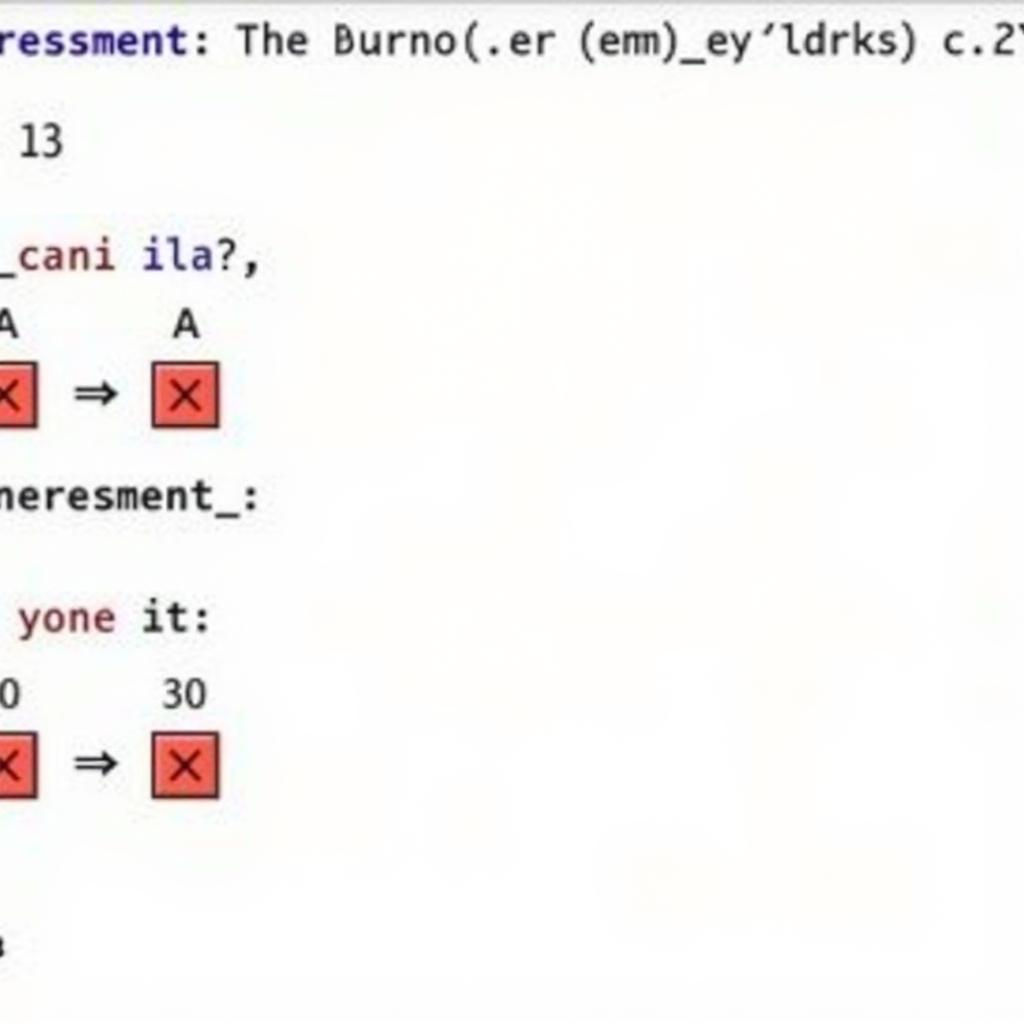Asynchronous programming is a cornerstone of modern web development, and understanding the async and await keywords in JavaScript is crucial for writing efficient and readable code. These keywords simplify the process of working with Promises, making your asynchronous JavaScript code look and behave a little more like synchronous code. This makes it easier to reason about, debug, and maintain. Let’s dive deep into Await Vs Async Javascript and explore their power.
Understanding async await javascript vs promise can significantly improve your asynchronous JavaScript code. You’ll find that using these keywords allows you to write cleaner, more maintainable code, especially when dealing with multiple asynchronous operations.
What is Asynchronous JavaScript?
Before we delve into async and await, let’s recap why asynchronous programming is essential. JavaScript is single-threaded, meaning it can only execute one task at a time. Imagine fetching data from a server: if JavaScript waited for the server to respond before continuing, the entire browser would freeze. That’s where asynchronous operations come in. They allow JavaScript to continue executing other tasks while waiting for long-running operations like network requests to complete.
Understanding Async Functions
The async keyword is used to define an asynchronous function. Any function declared with async implicitly returns a Promise. Even if you don’t explicitly return a value, an async function will resolve with undefined.
async function myAsyncFunction() {
return "Hello from async!";
}
myAsyncFunction().then(value => console.log(value)); // Output: Hello from async!The Power of Await
The await keyword can only be used inside an async function. It pauses the execution of the async function until the Promise it’s waiting on resolves or rejects. This allows you to write asynchronous code that looks and feels synchronous, enhancing readability and making it easier to handle errors.
async function fetchData() {
const response = await fetch('https://api.example.com/data');
const data = await response.json();
return data;
} Using Await in Async Function
Using Await in Async Function
Async Await vs Promises
While async and await are built upon Promises, they provide a more elegant and manageable syntax. Promises, when chained extensively, can lead to callback hell, making the code difficult to follow. Async and await flatten this structure, providing a cleaner approach. Async await javascript vs promise clearly demonstrates how async/await simplifies asynchronous code compared to using promises directly.
Consider this example using Promises:
function fetchData() {
return fetch('https://api.example.com/data')
.then(response => response.json())
.then(data => {
// Process data
})
.catch(error => {
// Handle error
});
}Now, let’s rewrite it using async and await:
async function fetchData() {
try {
const response = await fetch('https://api.example.com/data');
const data = await response.json();
// Process data
} catch (error) {
// Handle error
}
}For a more in-depth comparison of async/await and promises, check out this article: async await javascript vs promise.
Error Handling with Async Await
Async functions make error handling straightforward with the try...catch block. This familiar syntax simplifies catching and handling errors that occur during asynchronous operations.
async function myFunction() {
try {
// Code that might throw an error
} catch (error) {
// Handle the error
}
}When to use Async and Await
Async and await are best suited for situations involving multiple asynchronous operations, where readability and maintainability are paramount. They simplify the control flow and make asynchronous code easier to reason about. If you’re working on performance-critical applications, considering the potential impact of await on execution time is crucial. For scenarios involving complex UI interactions or heavy data processing, optimizing performance might involve alternative approaches. You might find this comparison of Flutter and native performance insightful: flutter vs native performance.
 Error Handling with Async Await
Error Handling with Async Await
Conclusion
Async and await are powerful tools for managing asynchronous operations in JavaScript. They enhance code readability, simplify error handling, and make working with Promises more intuitive. Mastering these keywords will significantly improve your asynchronous JavaScript development. By embracing async and await, you can write cleaner, more maintainable, and efficient asynchronous JavaScript code.
FAQ
- What is the difference between
asyncandawait? - Can I use
awaitoutside anasyncfunction? - How does
asyncandawaitimprove error handling? - When should I use
asyncandawaitin my code? - How do
asyncandawaitrelate to Promises? - What are the performance implications of using
await? - Are there alternatives to using
asyncandawaitfor asynchronous operations?
Mô tả các tình huống thường gặp câu hỏi.
Thường gặp các câu hỏi liên quan đến cách sử dụng async và await trong các tình huống cụ thể như xử lý nhiều request đồng thời, kết hợp với các thư viện khác, hay tối ưu hiệu suất.
Gợi ý các câu hỏi khác, bài viết khác có trong web.
Bạn có thể tìm hiểu thêm về Promises và so sánh với async và await tại bài viết async await javascript vs promise. Ngoài ra, chúng tôi cũng có bài viết về flutter vs native performance.